Varaždin is located in the picturesque Varaždin region and offers a unique combination of historical architectural masterpieces and a lively festival atmosphere that attracts tourists.
The old town of Varaždin is a treasure trove of history with Baroque buildings and cobbled streets. Take a walk here and admire the majestic facades decorated with intricate details. The main attraction of the old town is certainly the Varaždin Castle, which was built in the 12th century.
On the other hand, the Varaždin art scene is famous for the annual festival “Baroque Evenings”, during which we will hear the sounds of classical music and talented artists wanting to show their outstanding talent. The festival attracts artists from all over the world and provides a unique opportunity to experience the beauty of Baroque music in a historical setting.
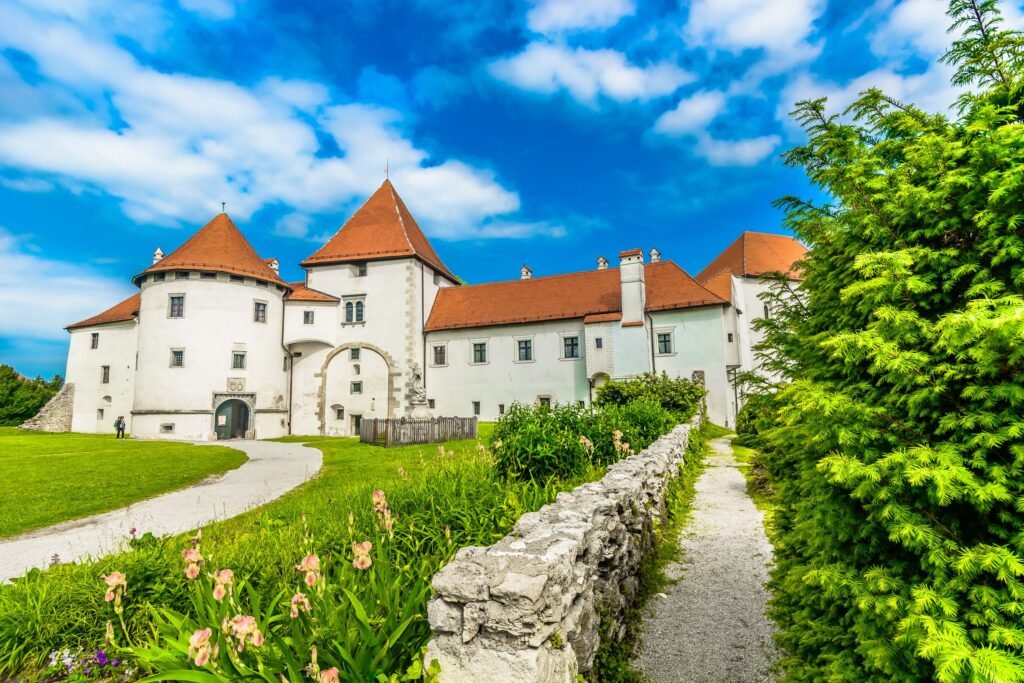
Varaždin’s bustling market square offers the opportunity to sample traditional delicacies. Souvenirs are also available at the market, such as handmade pottery and lace, for which Varaždin is famous. Immerse yourself in the beautiful nature, relax on a walk through the lush grounds of Trakošćan Castle or take a hike up the picturesque Medvednica mountain range.
Location
Varaždin is located on the right bank of the Drava river in north-western Croatia, 79 km north of Zagreb.
Old Town Varaždin
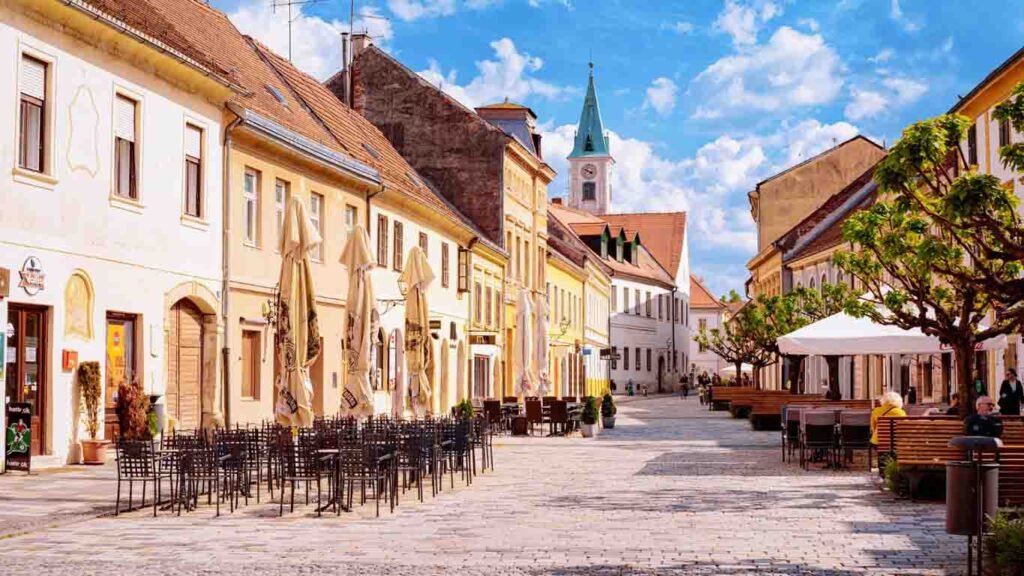
The Old Town of Varaždin is a great town to see and walk around enjoying Baroque, Rococo, Classicist, and Secessionist houses and villas as well as one of the oldest City Halls in Europe. It’s the city of bell towers and angels… like Anđelinjak or Angel’s Nest.
Varaždin City Museum

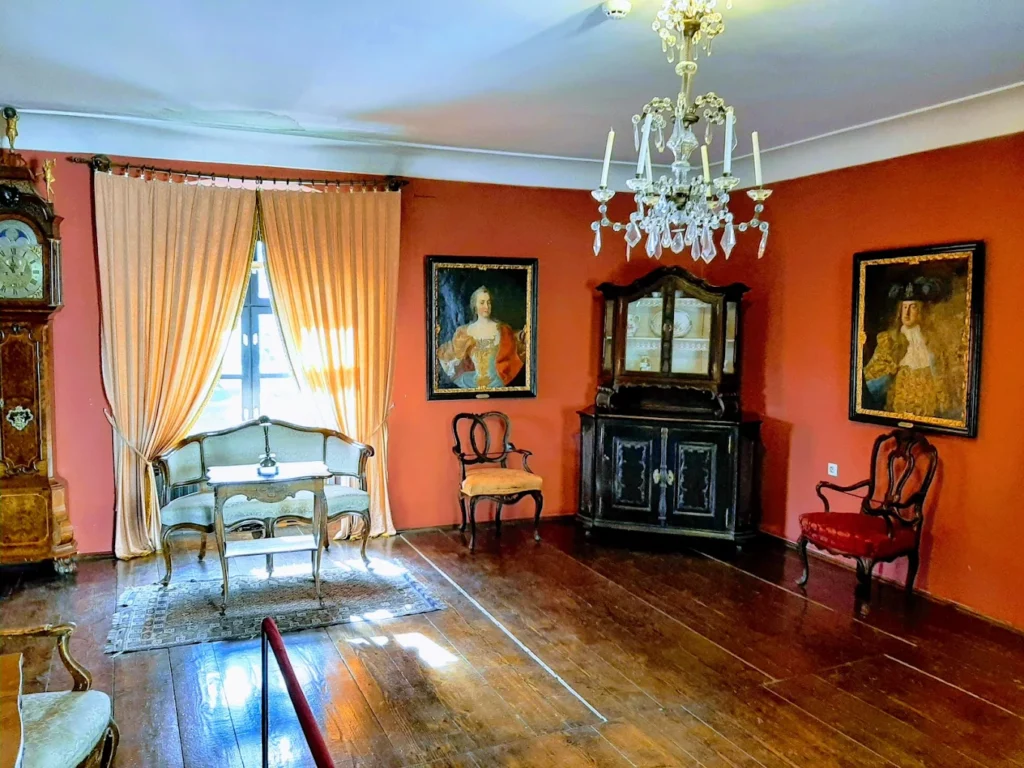
Currently, the fortress houses the Municipal Museum (Gradski Muzej Varaždin) which has interesting collections. The museum has been operating since 1925. The permanent exhibitions include rooms furnished in the styles of the eras (including Renaissance, Baroque, Rococo), as well as an exhibition of weapons, porcelain and ornamental glass. The museum also includes the Chapel of St. Lawrence with a sacristy.
Palace Sermage
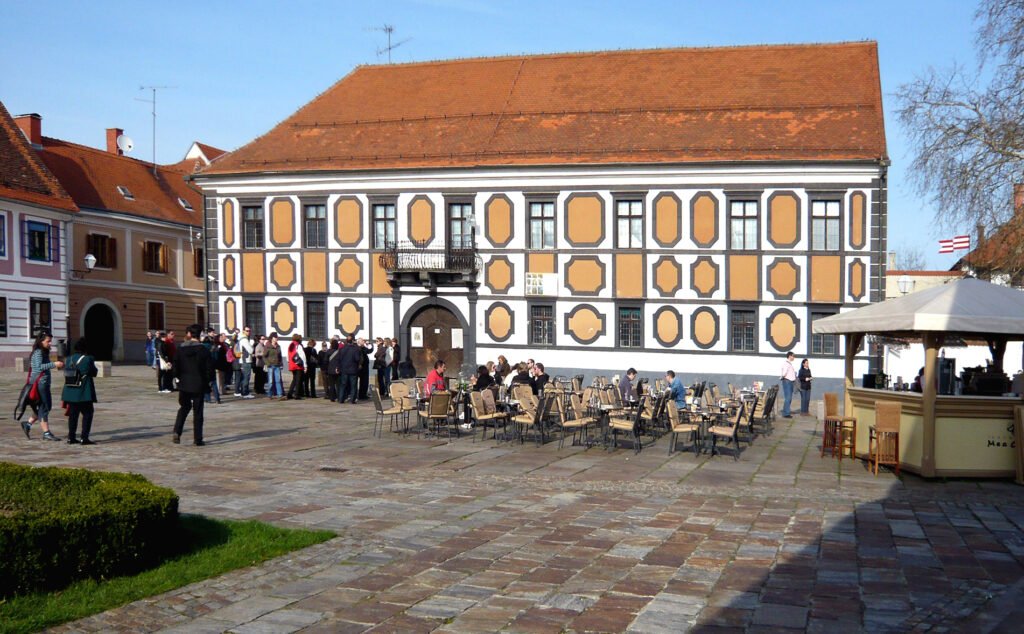
The Sermage Palace with its Rococo façade is the result of reconstruction in 1759, and it received its foreign name from the palace, which was transferred from the Prassinzky family to the French nobility Sermage family under marriage contracts. Its harmonious wrought iron balcony is one of the most visible stylistic features of the Palace. The large, originally preserved courtyard becomes one of the centers of cultural life in Varaždin during the summer months, hosting theater and dance performances, various gastronomic events and concerts.
Cathedral of the Assumption of the Blessed Virgin Mary
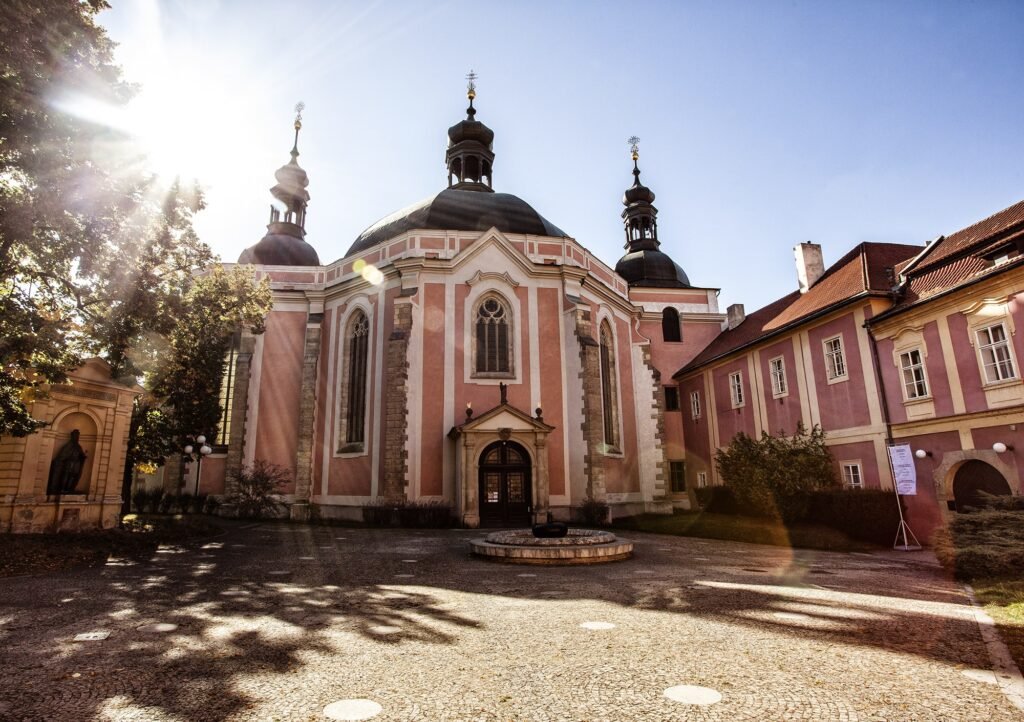
The church is from 1997, the cathedral of the Diocese of Varaždin. It is one of the most important Baroque sacral buildings in northern Croatia.
Church of St. George
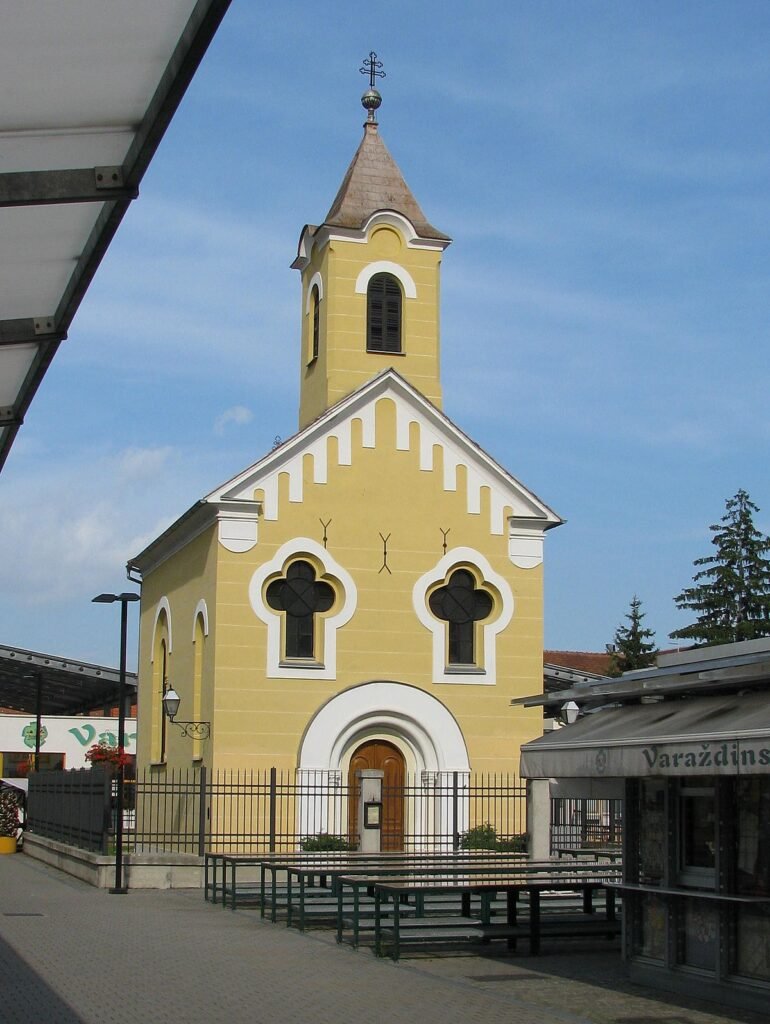
Originally a Pauline church, the Church of the Assumption of the Blessed Virgin Mary in Varaždin became the cathedral of the newly established Varaždin diocese in 1997. The entire complex was built in the 17th century. The cathedral has six chapels; three on each side of the nave.
The central painting depicts Jesus appearing in a vision to Ignatius of Loyola. One of the chapels belonged to the Draškovic family and is separated by beautiful wrought iron balustrades, and contains a richly gilded Baroque altar of the Holy Cross. It depicts the sacrifice on the cross and five sculptures: Veronica, Barbara, Mary, John and Mary Magdalene.
Palača Patačić
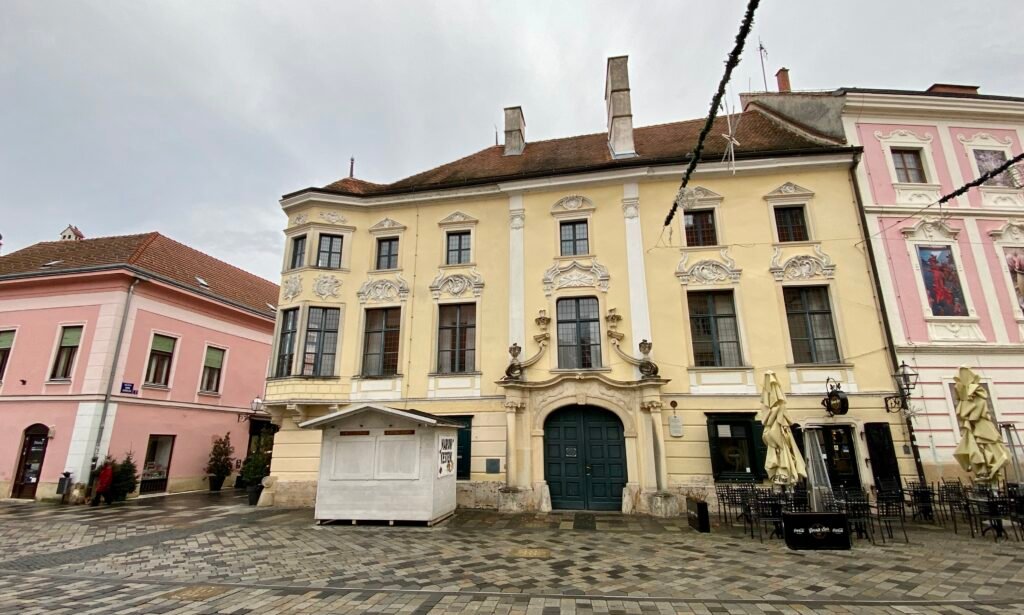
During the 18th century, it was the home of the Patačić family and was the center of the city’s cultural and social life. Today, they are partially preserved on the first and second floors, and depict scenes from life in the late 18th century. The palace is adorned with a very beautiful bay window overlooking Gundulićeva Street, King Tomislav Square and Franciscan Square. In the palace courtyard, highly decorative wooden beams are visible, which evoke the Varaždin of the mid-18th century.
Grgur Ninski
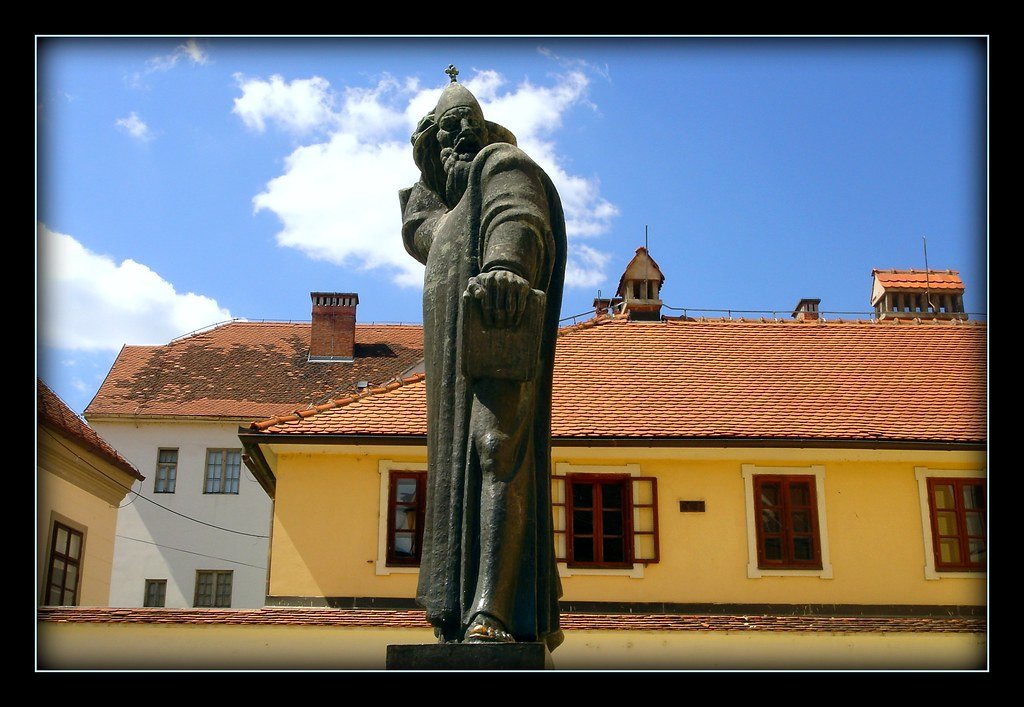
In the vicinity of the Franciscan monastery there is a monument to Grgur Ninski. Grgur Ninski, or Gregory of Nin, was the bishop of Nin, known as the advocate of the Glagolitic alphabet. What else is so interesting about the Varaždin monument? It is identical to the monument to Grgur Ninski, which is located in the city of Split.
